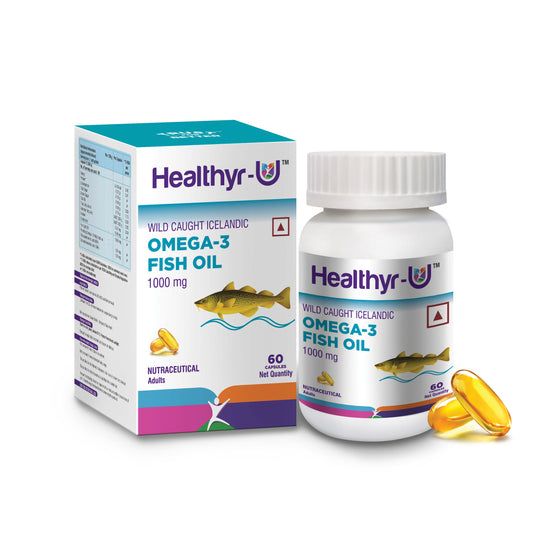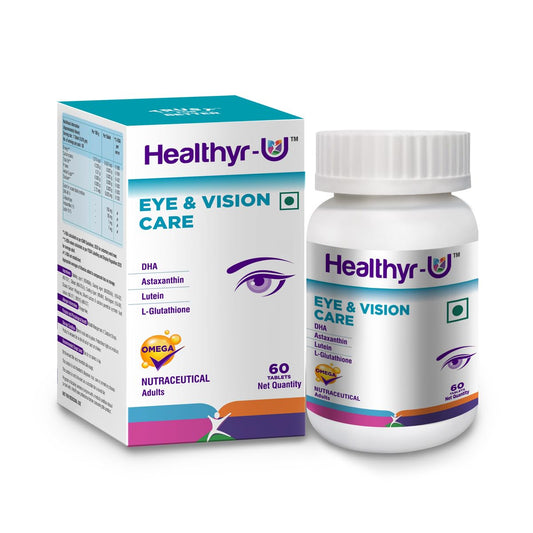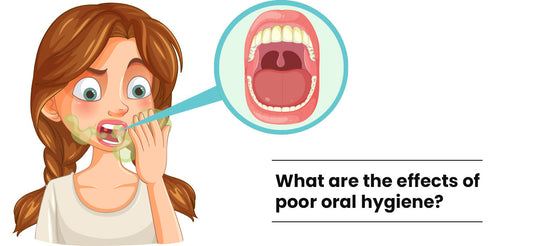These days stepping out of the house means exposing yourself to dust, smoke, and toxic pollutants. While you may already be aware of the harmful effects of air pollution on your skin and overall health, did you know that pollution is one of the biggest hidden causes of hair damage?
Pollution and hair loss are more closely linked than most people realize. Environmental pollutants can cause scalp irritation and weaken hair strands, wreaking havoc on hair health.
If you have noticed hair fall due to pollution, dullness, or a dry, itchy scalp, it is time to take action. This guide breaks down the effects of air pollution on your hair and provides practical tips on protecting hair and improving hair growth naturally.
The Effects of Air Pollution on Hair Health
Air pollution is made up of tiny harmful particles, heavy metals, and toxic gases such as carbon monoxide, sulfur dioxide, and nitrogen oxides. These pollutants settle on your scalp and hair strands, gradually leading to damage that affects both the appearance and health of your hair (1,2).
1. Weakens Hair Strength and Causes Breakage
Pollutants strip the hair of its natural oils, making it dry and brittle. When hair loses moisture and elasticity, it becomes prone to breakage. Over time, this can make hair growth slow and weak, leading to thinning strands.(5)
2. Leads to Hair Fall Due to Pollution
Fine dust particles and chemical pollutants settle on the scalp, clogging hair follicles and weakening the roots. This can result in hair fall due to pollution, making it difficult for hair to stay anchored to the scalp. If not addressed, this can accelerate long-term hair thinning.(5)
3. Causes Scalp Irritation and Dandruff
Pollution affects not only your hair but also your scalp. Toxic particles cause inflammation, leading to itching, redness, and dandruff. An unhealthy scalp environment creates an imbalance in natural oil production, which can further lead to hair loss due to pollution.(6)
4. Damages the Hair Cuticle
The outer layer of the hair shaft, known as the cuticle, protects the inner hair structure. Pollutants break down the cuticle over time, causing roughness, split ends, and frizz. If your hair lacks shine and feels rough, air pollution might be the culprit.(6)
5. Slows Down Hair Growth
A healthy scalp is essential for hair growth, but pollution can disrupt its natural balance. Exposure to toxins weakens the scalp’s ability to produce strong, healthy strands, resulting in slower hair growth.
How to Protect Hair from Pollution
While pollution is unavoidable, you can take preventive measures to protect hair from pollution and maintain its strength, shine, and overall health. Here’s what you can do:
1. Cover Your Hair While Outdoors
The simplest way to protect your hair from pollution is by covering it with a scarf, hat, or cap. This acts as a physical barrier, preventing dust and chemicals from settling on your scalp and strands.
2. Wash Your Hair Regularly, But Gently
Cleansing your scalp is crucial to remove pollutants, but overwashing can strip away natural oils. Use a gentle sulfate-free shampoo to cleanse the hair without drying it out. Washing your hair 2–3 times a week is usually enough to keep it clean and maintain its hair strength.
3. Use an Anti-Pollution Hair Serum
Anti-pollution hair serums or sprays create a protective barrier on your strands, reducing damage caused by environmental toxins. Look for serums enriched with antioxidants and vitamins to neutralize free radicals and boost hair health.
4. Hydrate and Moisturize Your Hair
Pollution dehydrates the hair, leading to breakage and dullness. Use a deep conditioning mask or leave-in conditioner to keep your hair hydrated and nourished. Natural oils like coconut oil, argan oil, and almond oil work wonders in sealing moisture and preventing dryness(3).
5. Strengthen Your Hair with a Balanced Diet
What you eat plays a huge role in hair growth and hair strength. A diet rich in protein, vitamins, and omega-3 fatty acids can help combat pollution-induced damage. Include foods such as:
• Eggs and fish (rich in protein and biotin)
• Leafy greens (packed with iron and antioxidants)
• Nuts and seeds (loaded with omega-3 fatty acids and vitamin E)
• Berries and citrus fruits (high in vitamin C for collagen production)
6. Rinse Hair with Herbal Infusions
Rinsing your hair with herbal infusions like green tea, aloe vera, or apple cider vinegar can help detoxify the scalp and remove pollutant buildup. These natural ingredients soothe irritation, control dandruff, and promote hair growth.(7)
7. Massage Your Scalp for Better Circulation
Massaging your scalp for a few minutes every day with coconut oil or castor oil can improve blood circulation, strengthening hair follicles and promoting hair growth.
8. Avoid Excessive Heat and Styling Products
Excessive heat styling weakens hair further, making it more vulnerable to pollution damage. Reduce the use of heat tools like hairdryers, straighteners, and curling irons. If you must style your hair, apply a heat protectant spray beforehand.
9. Manage Stress
Stress contributes to hair fall due to pollution(4). Managing stress through meditation, yoga, or exercise can help maintain hair health.
Best Ingredients to Protect Hair from Pollution
When choosing hair care products to protect hair from pollution, look for these powerful ingredients:(7)
• Aloe Vera: Hydrates the scalp and soothes irritation.
• Green Tea Extract: Rich in antioxidants that fight oxidative stress.
• Vitamin E: Strengthens hair and prevents damage.
• Argan Oil: Nourishes and adds a protective layer.
• Biotin: Essential for strong and healthy hair growth.
How Pollution-Proofing Your Hair Can Improve Overall Hair Health
Taking steps to protect your hair from pollution doesn’t just reduce damage; it also enhances the overall health of your hair. When your scalp is free from buildup and toxins, hair follicles function better, leading to stronger, thicker, and shinier strands. A good hair care routine that includes cleansing, moisturizing, and strengthening treatments will not only reduce hair fall due to pollution but also support long-term hair growth.
Conclusion
Air pollution is one of the most overlooked causes of hair damage, leading to hair fall due to pollution, scalp irritation, and slower hair growth. However, with the right preventive measures, you can protect your hair from environmental toxins and maintain its strength and health.
By covering your hair, using the right products, maintaining a nutrient-rich diet, and following a hydration and cleansing routine, you can combat the effects of air pollution and keep your hair looking its best. Taking care of your hair today will ensure healthier, stronger locks in the long run.
So, next time you step outside, remember, your hair needs protection just as much as your skin does! Implement these simple yet effective strategies and enjoy healthy, pollution-free hair.
References
- Son, E., & Kwon, K. H. (2024). The Invisible Threat to Hair and Scalp from Air Pollution. Polish Journal of Environmental Studies. https://doi.org/10.15244/pjoes/188036
- Samra, T., Lin, R. R., & Maderal, A. D. (2024). The effects of environmental pollutants and exposures on hair follicle pathophysiology. Skin Appendage Disorders, 1–11. https://doi.org/10.1159/000537745
- Mysore, V., & Arghya, A. (2022). Hair oils. International Journal of Trichology, 14(3), 84–90. https://doi.org/10.4103/ijt.ijt_189_20
-
Peters, E. M. J., Müller, Y., Snaga, W., Fliege, H., Reißhauer, A., Schmidt-Rose, T., Max, H., Schweiger, D., Rose, M., & Kruse, J. (2017). Hair and stress: A pilot study of hair and cytokine balance alteration in healthy young women under major exam stress. PLoS ONE, 12(4), e0175904. https://doi.org/10.1371/journal.pone.0175904
- Rajput R. Understanding hair loss due to air pollution and the approach to management. Hair Ther Transplant. 2015 Mar;5(133):2.
- Samra T, Lin RR, Maderal AD. The Effects of Environmental Pollutants and Exposures on Hair Follicle Pathophysiology. Skin Appendage Disorders. 2024 Aug 5;10(4):262-72.
- Barve K, Dighe A. The Chemistry and Applications of Sustainable Natural Hair Products. Springer International Publishing; 2016 Jan 27.












